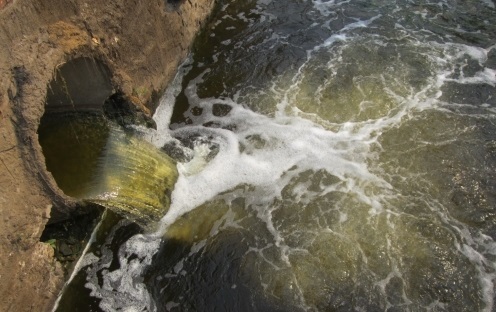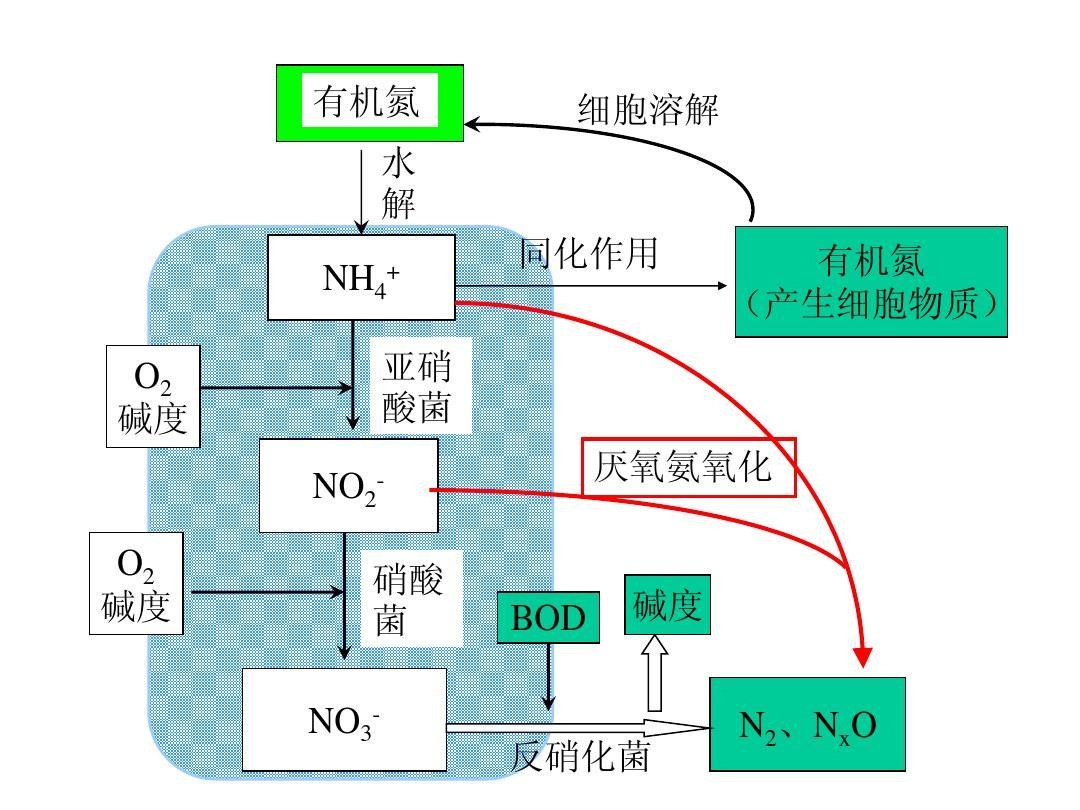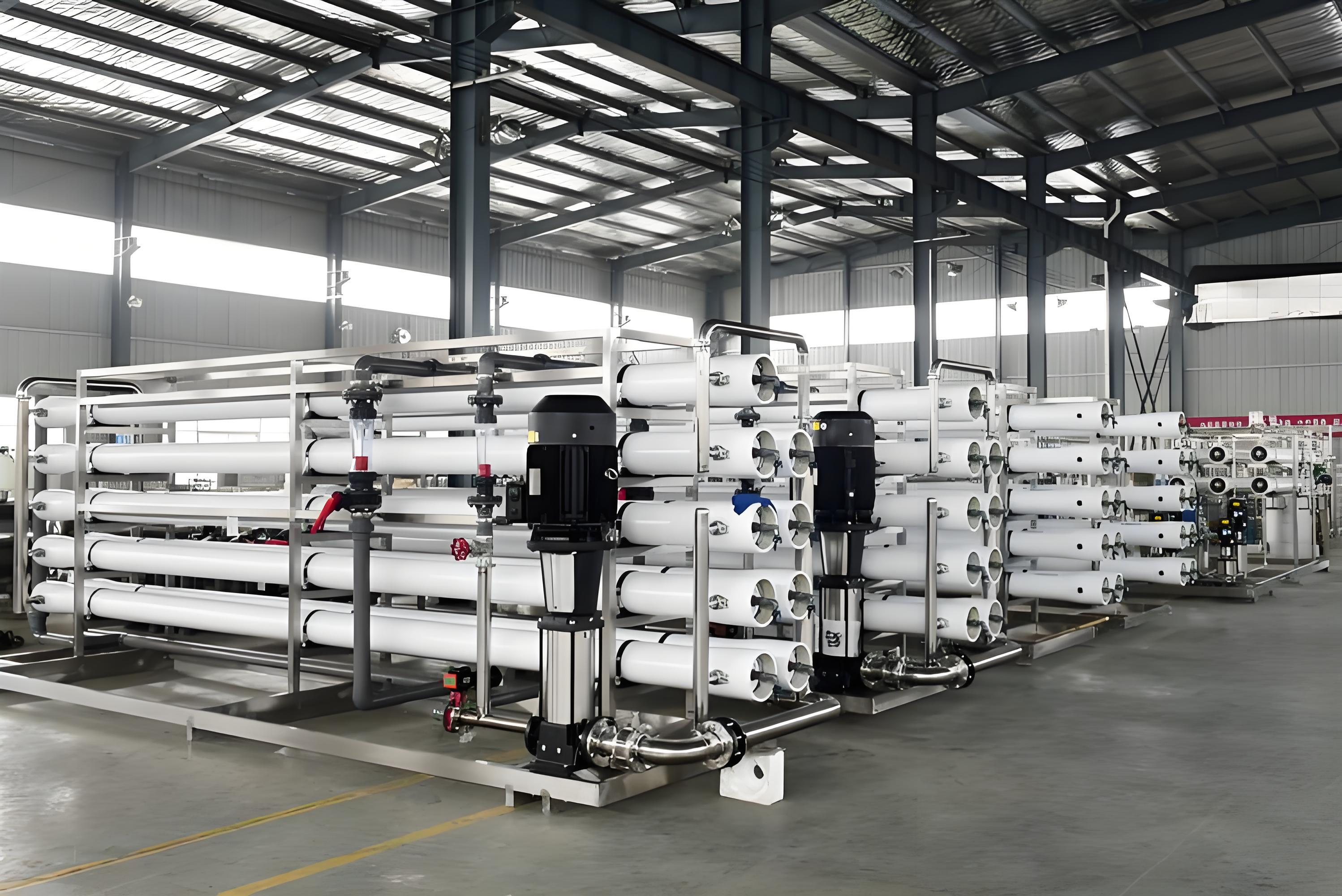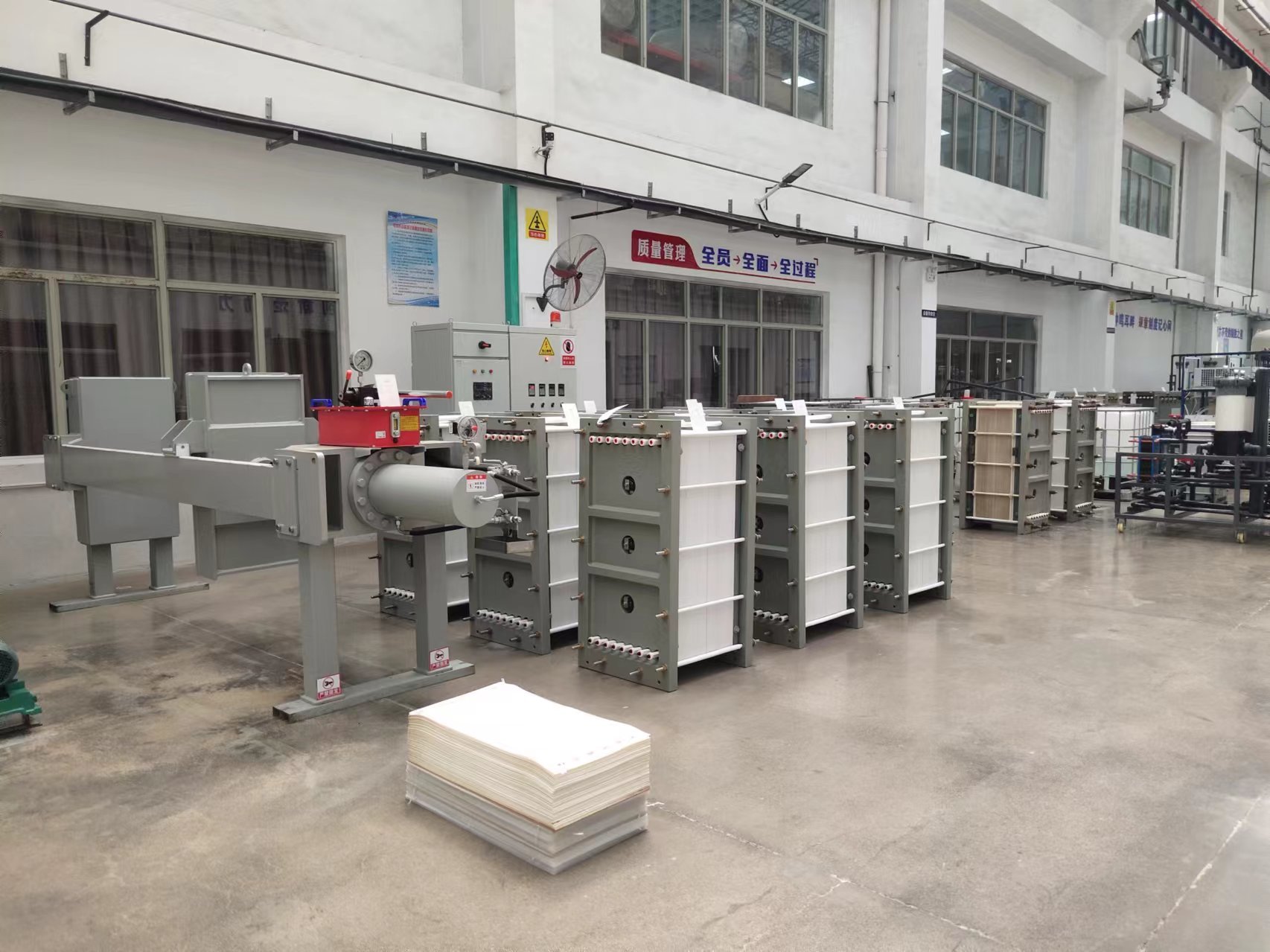10
2024
-
01
The Future Development Trends of High Concentration Wastewater Treatment
Author:

The problem of treating high concentration organic wastewater is widely recognized as a difficult problem in current world sewage treatment. The so-called high concentration wastewater refers to wastewater with high concentration, high salt content, and high difficulty in degradation. The composition of water quality is complex, with high organic matter content. COD is generally above 10000mg/L, and can even reach tens of thousands to hundreds of thousands of milligrams per liter. Moreover, it generally contains toxic and harmful substances, with extremely high salt content and strong acidity and alkalinity, and cannot be directly subjected to biochemical treatment.
This type of industrial wastewater is generally produced in industries such as coking, pharmaceutical, petrochemical/oil, textile/printing and dyeing, chemical, and paint. This type of high concentration organic wastewater causes significant environmental pollution and has a long-lasting impact. Improper treatment can not only harm the ecological environment, but also cause harm to humans themselves.
Nowadays, the environmental awareness of the Chinese people is constantly increasing, and the country is also paying increasing attention to environmental issues. The water quality requirements for industrial wastewater discharge are more stringent than before. Therefore, it is particularly important to choose appropriate and reasonable methods and schemes for treatment to ensure that the water quality of industrial wastewater meets the prescribed discharge standards, and the requirements for its treatment technology and methods are particularly important.
1. The current situation of technological development direction
For high concentration organic wastewater with high organic pollutant content and poor biodegradability, it is often difficult to achieve ideal treatment results if traditional treatment methods such as physicochemical or membrane methods are used alone.
For example, the physical and chemical method has many defects and shortcomings. Currently, commonly used physical and chemical treatment technologies include: microelectrolysis, Fenton oxidation, electrocatalysis, microwave catalysis, ozone catalysis, chlorine dioxide oxidation, and other traditional technologies. Most of these technologies have drawbacks such as high investment, high processing costs, limited processing effects, and poor impact resistance. Especially when the concentration of organic pollutants in wastewater exceeds 20000mg/l, traditional physical and chemical methods require the addition of a large amount of oxidants, resulting in high treatment costs. However, the COD removal rate is only 10% -30%, and new substances will be generated, causing secondary pollution.
The commonly used membrane method also has limitations, and the conventional membrane treatment method for water treatment also has considerable disadvantages. It has extremely high requirements for influent water quality, huge investment, low recovery and utilization rate, and the produced concentrated solution is more difficult to treat. The incomplete treatment of pollutants by the front-end biochemical system can lead to pollution of the membrane components required for deep treatment, affecting the treatment effect. When TDS increases, the desalination rate of membrane treatment will sharply decrease, while there are many unresolved problems such as membrane fouling, blockage, corrosion, and short service life.
Similarly, the use of biochemical treatment technology to treat high concentration wastewater also has certain limitations and drawbacks. The usage conditions of biochemical treatment technology are limited by the concentration of organic matter, and can only treat organic wastewater with a low to medium concentration range of organic matter. For coking wastewater with high concentration, as well as wastewater rich in organic matter such as oil and phenols, pre dilution and pre-treatment are required.
During anaerobic processes, microbial reproduction is slow, resulting in a slow start-up process of the reactor, which takes 7-13 weeks, increasing workload and operating costs. The organic matter load at the head end of the aeration tank is high, resulting in a high oxygen consumption rate. In order to avoid anaerobic conditions caused by hypoxia, the organic matter concentration in the inflow should not be too high, which requires the aeration tank to have a larger volume and occupy a larger area, leading to higher infrastructure costs. The adaptability of biological treatment technology to changes in influent water quality and quantity is relatively low, and the operating results are easily affected by changes in water quality and quantity. The denitrification and phosphorus removal effect is also not ideal.
2. The Future Development Trends of High Concentration Wastewater Treatment
Due to the large amount of difficult to degrade organic pollutants in high concentration organic wastewater, traditional biological treatment technologies are difficult to achieve results. Organic pollutants cannot be effectively degraded, resulting in the entire treatment process not achieving the expected results and objectives. In my personal opinion, the current research trends in high concentration and difficult to degrade organic wastewater treatment technologies mainly include the following aspects.
2.1 Research directions for resource utilization
From the current trend of China's sustainable development strategy, it is far from enough to only require treated wastewater to meet discharge standards. Future mature and effective technologies need to be able to maximize the recovery and utilization of valuable substances in wastewater.
From a certain perspective, the large amount of organic matter contained in high concentration organic wastewater is a significant resource, and it also contains a large amount of organic salts. If not recycled, it will cause a lot of resource waste. If we can ensure that wastewater treatment meets the discharge standards while also taking into account resource recycling and utilization, it will not only reduce treatment costs and improve economic benefits, but also provide new ideas for the development of high concentration organic wastewater treatment technology. It will also be in line with sustainable development strategies and provide a good environment for future technological trends.
2.2 Research directions for low-cost technologies
With the continuous development of technology, sewage treatment technology is also constantly maturing. However, many new technologies may seem beautiful, but the actual treatment cost remains high, which is daunting. Some of the more effective technologies have also increased the operational burden on enterprises due to high processing costs, which has constrained their development. Therefore, how to reduce the cost of wastewater treatment while ensuring that water quality meets the requirements has become one of the extremely important directions for the development of industrial wastewater treatment technology.
Oxidants oxidize organic matter in wastewater into carbon dioxide and water. Taking ozone catalytic oxidation as an example, as a new type of wastewater treatment process, ozone catalytic oxidation can accelerate the chemical reaction between organic pollutants and oxidants. During the degradation reaction, it can also produce new stronger oxidizing groups, which can efficiently treat organic pollutants in water and catalyze the activation of ozone molecules. By introducing ozone into the reaction device, highly oxidizing hydroxyl radicals are generated on the surface of the packing material, effectively catalyzing the oxidation of ozone while maximizing the removal of organic pollutants. Solved the problem of incomplete degradation of organic pollutants.
To achieve low-cost processing, we can start by simplifying the processing flow and optimizing the processing plan, but the most important thing is to improve and update the processing technology and methods. Catalytic oxidation technology, such as catalytic oxidation, is utilized in the presence of catalysts. With the continuous deepening of research, catalytic oxidation will be a very competitive treatment technology, which will have good help and effectiveness in treating high concentration organic wastewater.
2.3 Research directions of combinatorial processing technology
For the problem that traditional treatment methods such as physicochemical and biochemical methods cannot be effective, emphasizing pre-treatment technology and researching the coupling of several methods such as physicochemical and biological treatment is currently an important breakthrough direction in solving the pollution problem of high concentration organic wastewater. The common process combinations in the market mainly include: physical and chemical pretreatment+biochemical treatment, anaerobic acidification treatment+aerobic biochemical treatment, electrocatalytic oxidation pretreatment+biochemical treatment, physical and chemical pretreatment+biochemical treatment+deep treatment. Studying combination treatment technologies and striving to reduce treatment costs is currently an effective way to solve the pollution problem of high concentration organic wastewater.
High concentration and difficult to degrade organic wastewater have a significant impact on the water environment, and the impact time is also quite long-lasting. In practice, the treatment difficulty is also high, while traditional treatment processes have many problems such as high cost and low efficiency. To solve the problem of high concentration wastewater, it is necessary to conduct in-depth analysis and understanding of the water quality of high concentration and difficult to degrade organic wastewater, and strengthen research on the application of high concentration organic wastewater treatment technology.
Related Products
Biological nitrogen removal process of low temperature wastewater
2024-05-28
Prevention and treatment of calcium carbonate scaling in reverse osmosis operation
2024-05-22
Treatment of pyrazolone production wastewater - bipolar membrane electrodialysis process
2024-05-20
How much salt does sewage contain that can enter the biochemical system?
2024-05-17
Huanke Environmental Protection Technology
HOTLINE:
Address:Gongye 1st Street, Weicheng District, Weifang City, Shandong Province China
Contact:Zhang Gong
Phone:+86-18865361829
Email:sdhuanke@163.com


Consult
Copyright © 2023 Shandong Huanke Environmental Protection Technology Co., Ltd






